|
Волгоград – Volgograd
Царицын – Tsaritsyn (1589–1925)
Сталинград – Stalingrad (1925–1961)
| |
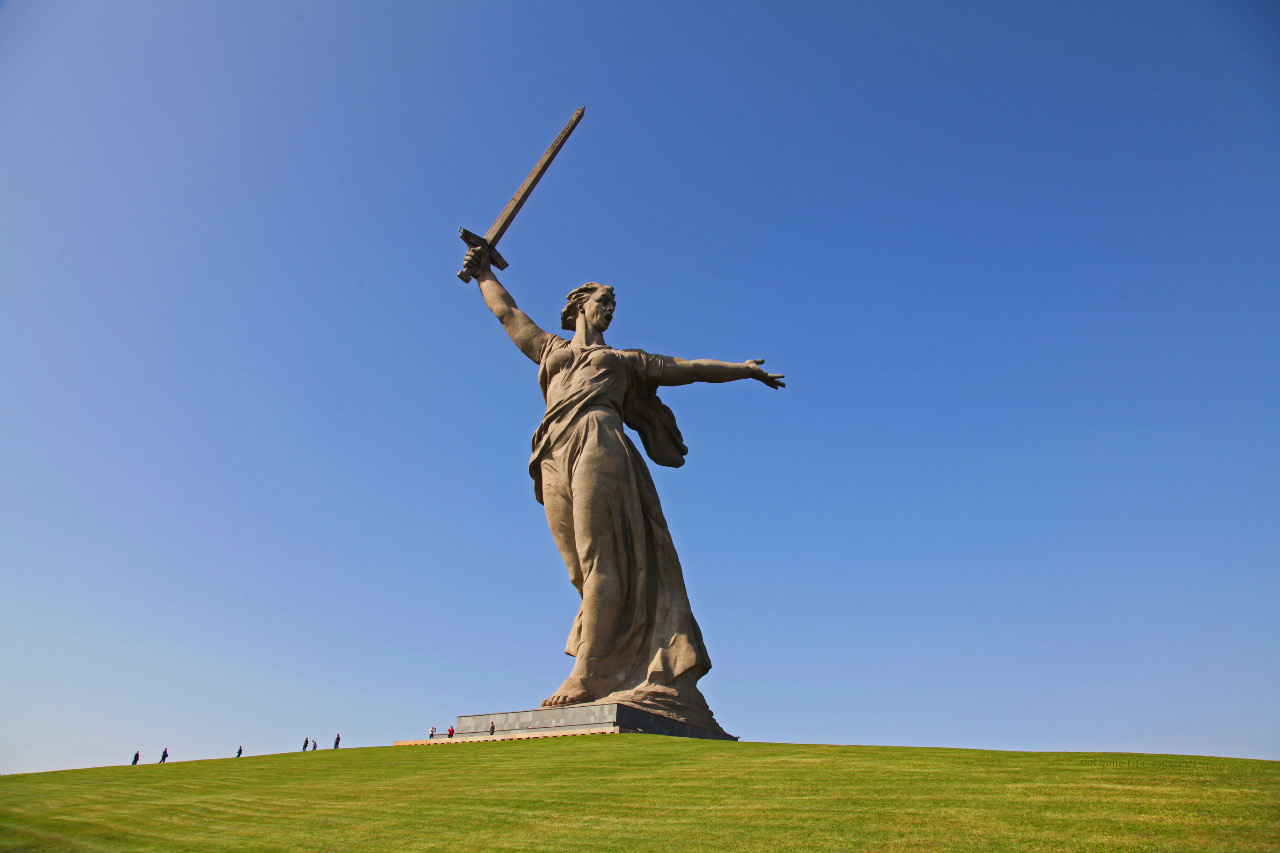 |
|
| |
«Родина-мать зовёт!» |
|
| |
"Motherland Calls!" |
|
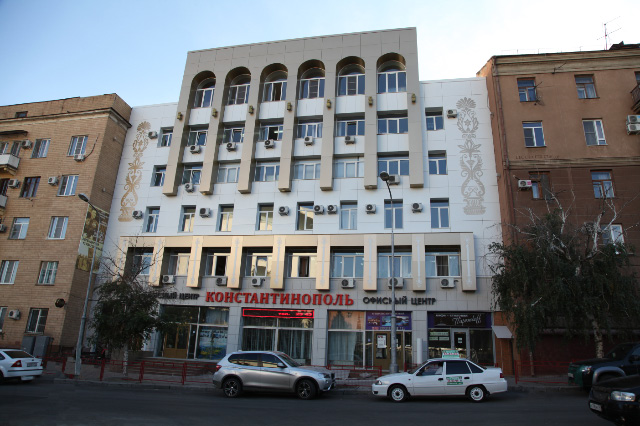 |
|
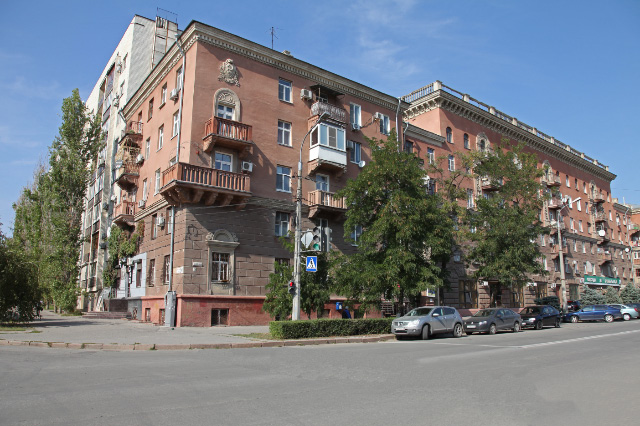 |
| Константинопль – Constantinople ... wishful thinking, but still a nice sentiment. |
|
... a city rebuilt from scratch |
|
|
|
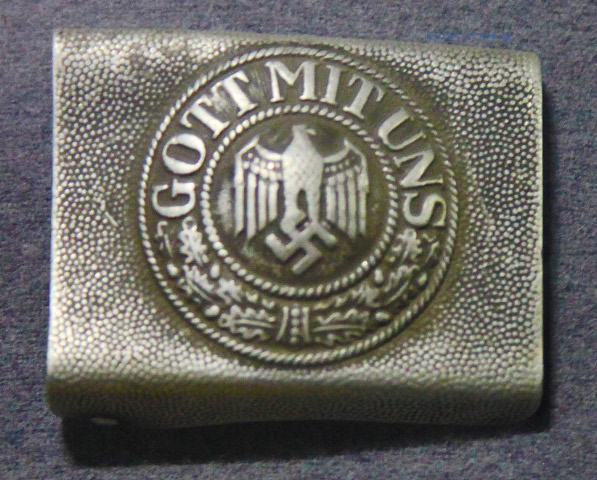 |
|
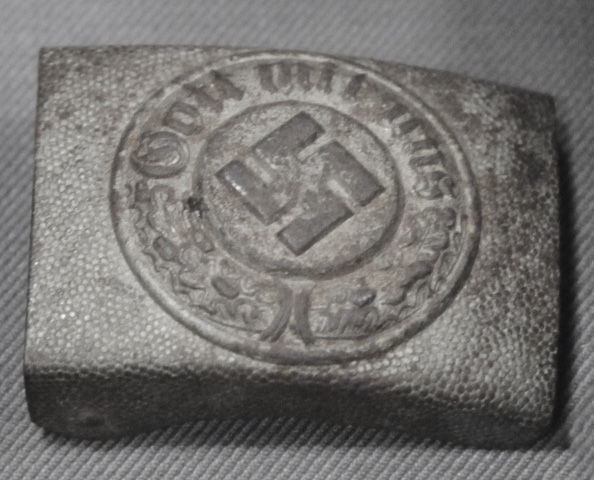 |
| From the battlefield of Stalin's grad. |
|
... and up north in Pskov |
Hakenkreuz – Swastika, from Svastika in Sanskrit
German National Socialists trying to avoid Christianity with an embrace of
auspiciousness
and the symbol therefore, as per
Hinduism, Buddhism, and Jainism |
| |
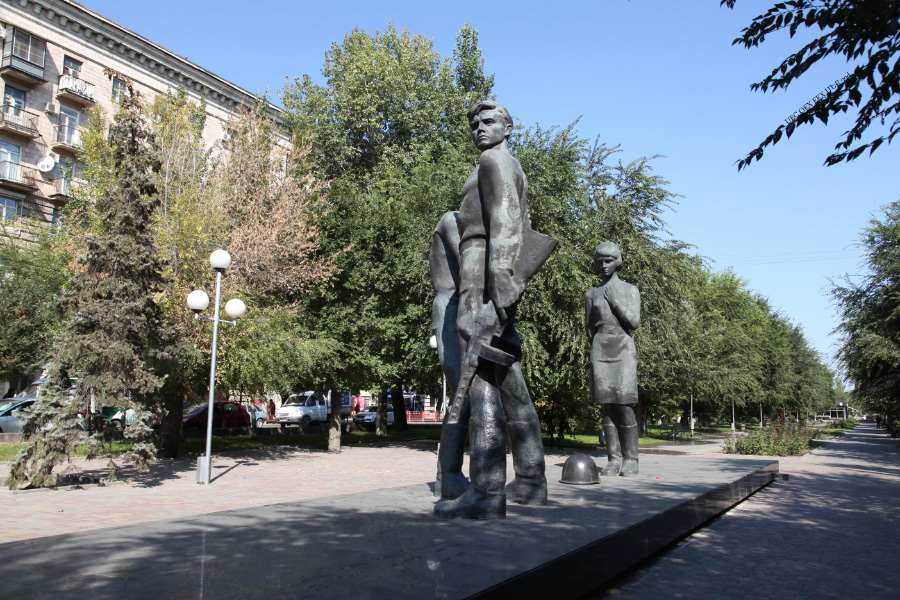 |
|
| |
Along the ул. Набережная 62-й Армии – Embankment of the 62nd Army |
|
| |
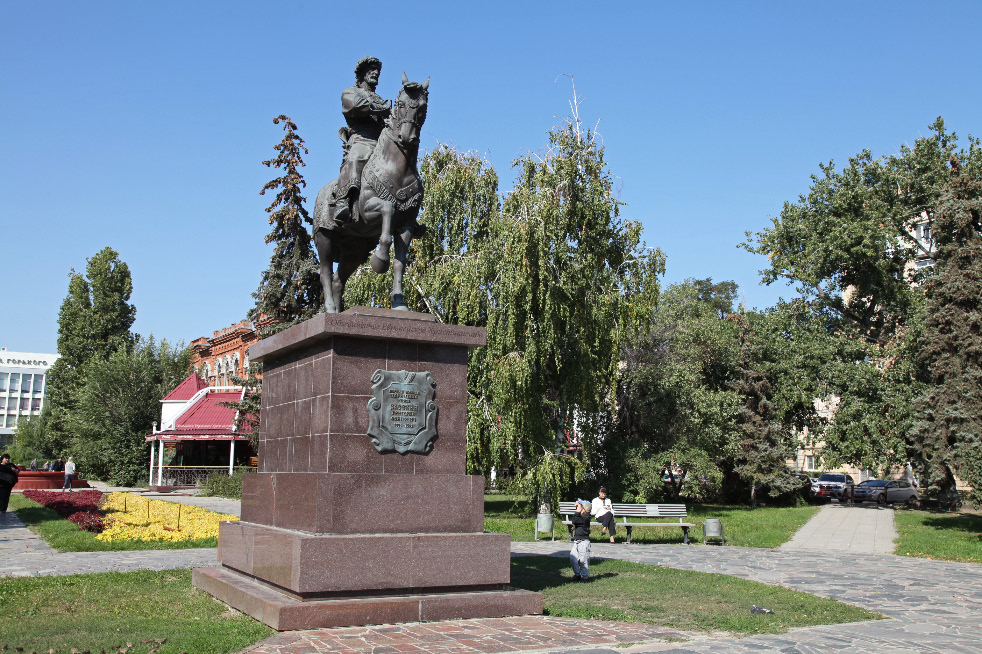 |
|
| |
Первый Воевода Царицына, Князь Григорий Осипович Засекин – First Voivoda of Tsaritsyn, Prince Grigory Osipovich Zasekin |
|
| |
The successor states to the " Золотая Орда – Golden Horde " — that is, to the murderous Muslim Mongol-Tatar Yoke – Монголо-татарское иго — fell one by one during the reign of that Terrible Tsar, Ivan IV. The Khanate of Kazan fell in 1552; the Khanate of Astrakhan in 1556; and the Khanate of Siberia in 1582. |
|
| |
But the Кримське ханство – Крымское ханство – Crimean Khanate held out, becoming a Turkic vassal state of the Ottoman Empire from 1478 to 1774, and not being formally incorporated into the Russian Empire until 1783. During these centuries perhaps three million Slavs were captured and enslaved by Muslim raiding parties, a process which involved the adult men folk being murdered by the followers of the Religion of Peace to the south. History calls these, Набеги крымских татар и ногайцев на русские земли – Raids of Crimean Tatars and Turkic Nogai into the lands of the Russians. The Christian Cossacks – Казаки essentially came into existence in response to this existential threat, and Tsaritsyn became a vital outpost in southern Russia. At its founding in 1589 there was of course no canal connecting the Don River and the Volga River. Early XVIII halting efforts on the orders of Peter the Great notwithstanding, a functioning canal had to wait until 1952, and that thanks to the availability of GULAG slave labor. Still the southern outpost of the Сторожевой город – Watchdog city of Tsaritsyn, today's Volgograd, became critical to Russia's defenses against what Tartars and Turks sent up the Don from Azov and up the Volga from the Caspian. The man on the horse was the first leader of Tsaritsyn. This XXI century bronze was photographed by your humble narrator on the 23rd of September in 2014. The pubic spaces of Volgograd are adorned with such a concentration of Soviet monuments that the city is something of an open air Great Patriotic War museum. Still monuments of key figures from the Tsarist era and earlier have recently appeared as something of a Christian counterweight to the city's seventy-years-long celebration of Bolshevism and its fruits. |
|
| |
|
|
| |
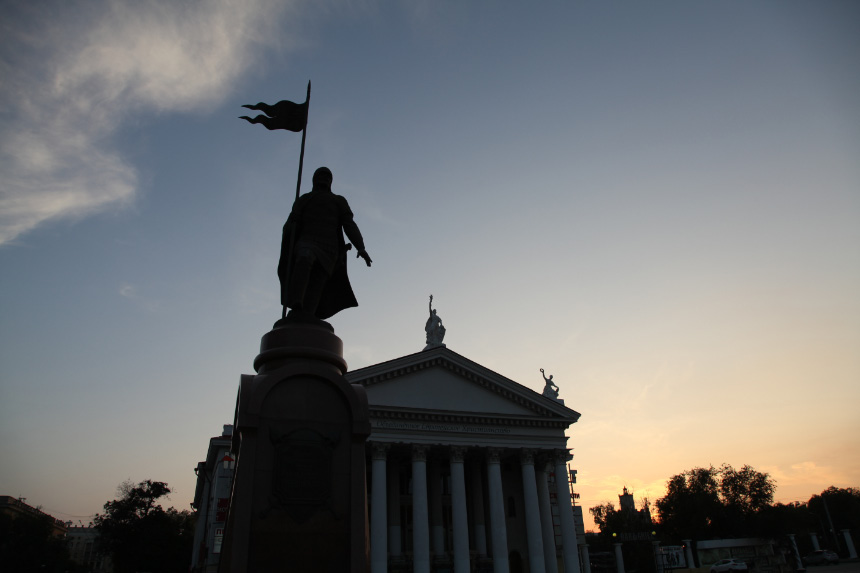 |
|
| |
Not entirely clear what the connection is between Volgograd and a XIII century Prince of Novgorod and Grand Prince of Vladimir (and, courtesy of the Tartars, nominal Grand Prince of the Kiev the Tartars had just left in ruins), but here stands a monument to the much celebratedAlexander Nevsky. |
|
|